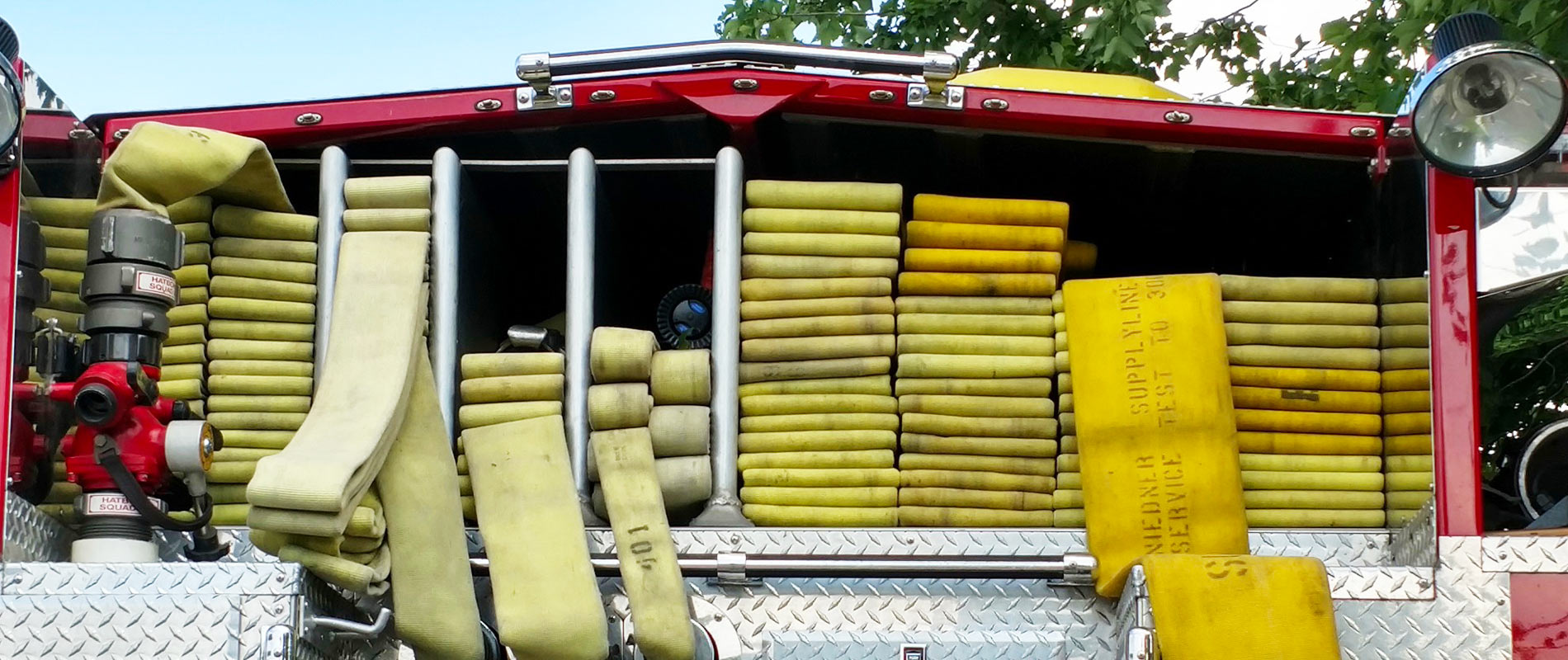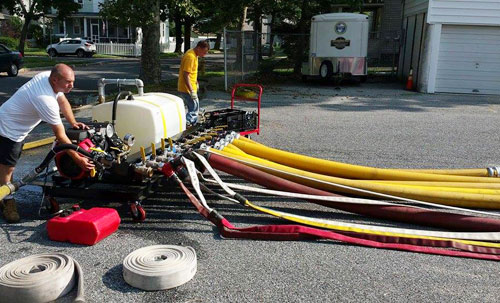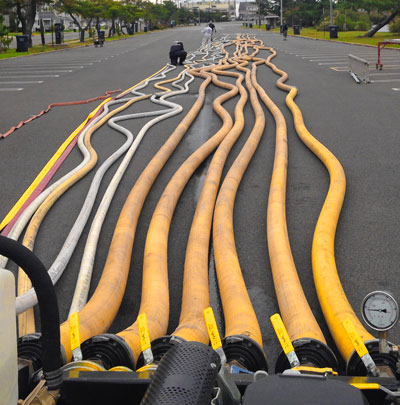
| CALL TODAY 877−302−6472or 609−288−8486 | Access Reports |

Our certified technicians will thoroughly inspect and test your hoses to assure they meet safety standards. Don't let faulty equipment compromise your safety—schedule your hose testing today and stay prepared for any emergency.


FireFlow Services takes a meticulous approach to documenting all details for each length of fire hose tested, creating a comprehensive and accurate history. Our experienced crew leader, along with a team of highly trained professionals, conducts thorough pressure testing and detailed visual inspections on every length of every fire hose. These tests are performed with precision, meeting and exceeding industry expectations. All recorded data is in full compliance with NFPA standards and is carefully maintained in an organized, computerized format, providing a reliable history of your fire hoses for every year we test them.
The detailed records we generate have been reviewed and accepted by the Insurance Services Organization (ISO), which evaluates fire departments based on their adherence to critical safety standards. Our documentation supports compliance with these important benchmarks, helping fire departments maintain strong ISO ratings. These records offer not only a clear and organized history of testing but also serve as a valuable resource for demonstrating safety compliance during inspections or audits.
By choosing FireFlow Services, your fire department benefits from detailed documentation and expert testing performed with the highest level of professionalism. This partnership provides confidence that your fire hoses are in optimal condition, backed by robust records that reflect your commitment to safety and reliability in firefighting operations.
Call us at 877-302-6472, or email us, for your fire department's fire hose testing needs in the Mid-Atlantic area, from Maine to Virginia, including (but not limited to) New Jersey, Pennsylvania, New York, Delaware, and Maryland.
